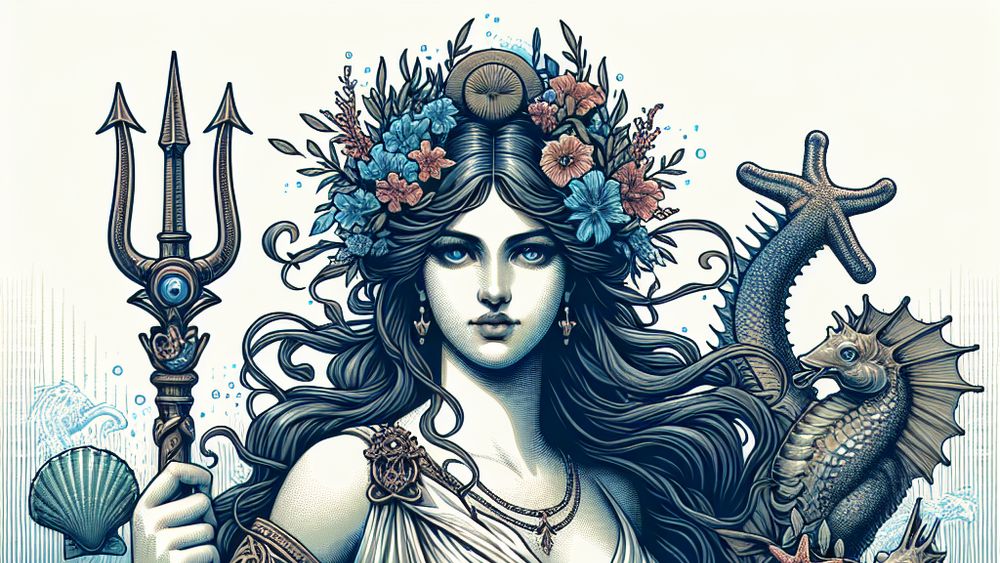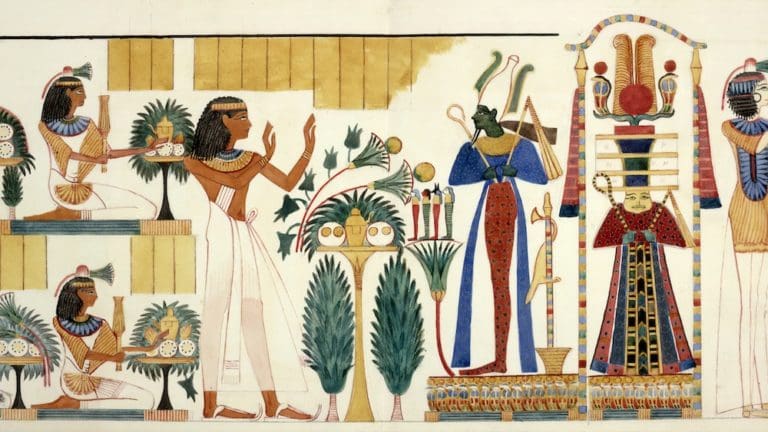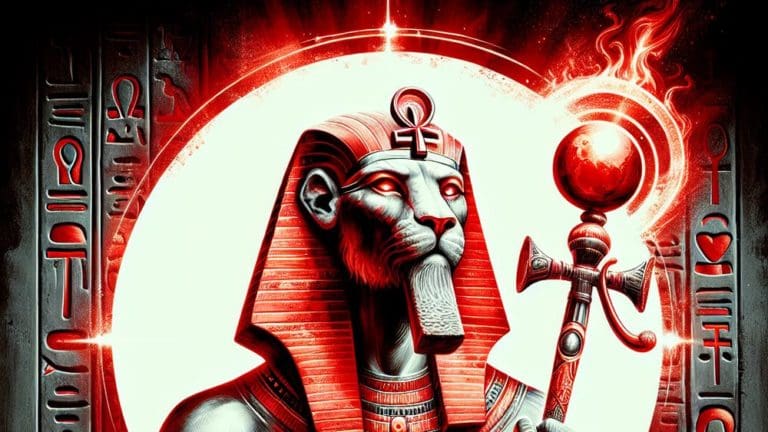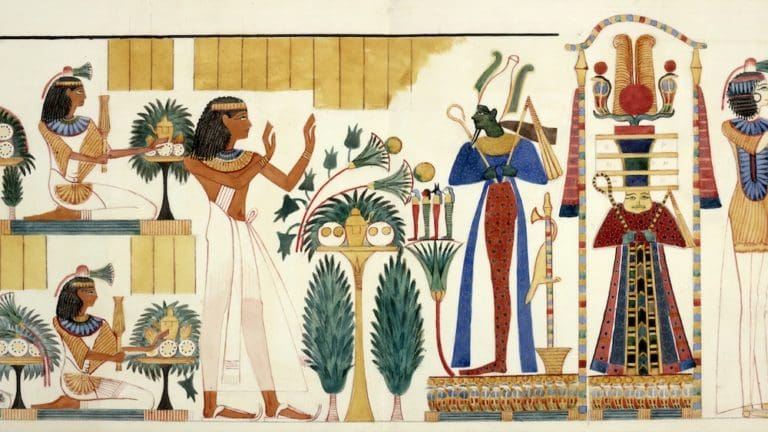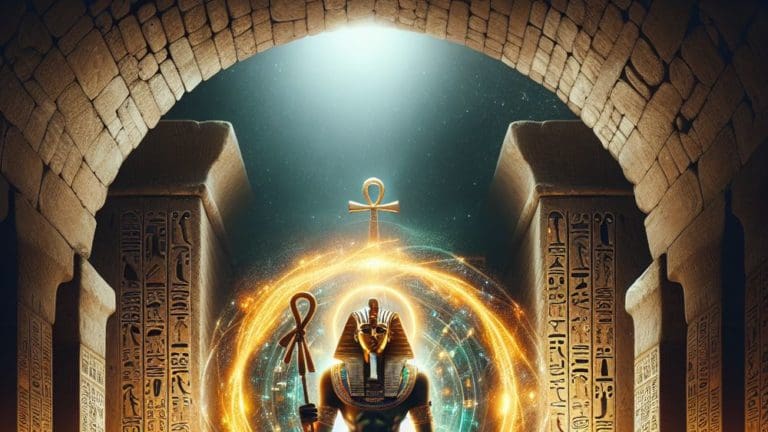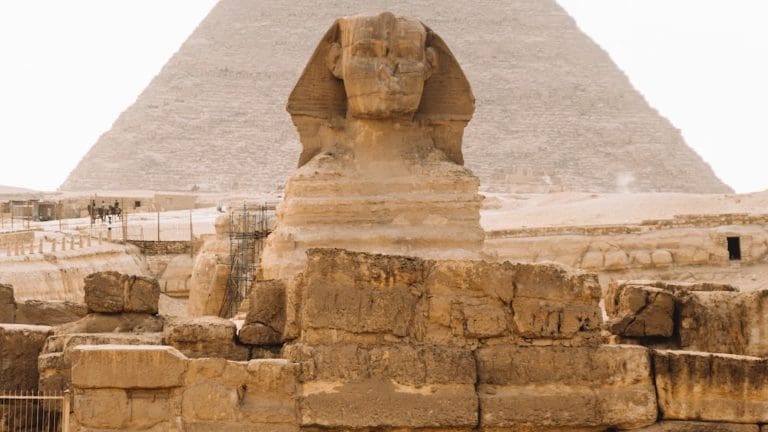Amphitrite: Greek Goddess Of The Sea And Wife Of Poseidon
Amphitrite: Greek Goddess Of The Sea And Wife Of Poseidon
Amphitrite often flies under the radar but she’s genuinely one of the coolest characters in Greek mythology. Imagine being the queen of the sea, and not just any sea, but the ancient Greek seas, teeming with gods, monsters, and heroes. That’s Amphitrite for you. She’s Poseidon’s better half, wielding control over the ocean’s realms alongside him. It’s easy to see why she’s kind of a big deal.
Key Points:
- Amphitrite is the Greek goddess of the sea and wife of Poseidon.
- She is often overlooked but is a powerful and significant figure in Greek mythology.
- Amphitrite is of Nereid lineage, daughter of Nereus and Doris.
- Her union with Poseidon symbolizes the ultimate power couple of the ocean.
- Key symbols of Amphitrite include dolphins, a trident, and sea creatures.
- She plays a vital role in Greek myths, influencing heroes’ journeys and sea-related events.
- Amphitrite’s legacy extends to art, culture, and contemporary symbolism.
Her name might not pop up as much as Athena or Hermes in those mythology quizzes you take at 2 am, but trust me, she’s equally awesome. Amphitrite brings a whole new level of sass and power to the pantheon, ruling the waves with a grace that belies the strength beneath. Plus, her fashion sense? Absolutely divine.
The Mythological Origins of Amphitrite
Diving into the deep, Amphitrite’s story is as intriguing as the sea itself. Her tale weaves through the fabric of Greek mythology, merging with the destinies of gods and mortals alike.
The Lineage of Amphitrite
Let’s talk family tree, because in Greek mythology, who your parents are is pretty much a big deal. Amphitrite hails from some seriously ancient sea god stock. Here’s the lowdown:

- Father: Nereus, the old man of the sea. Think wise, gentle, but with a powerful command over the sea’s creatures.
- Mother: Doris, a sea nymph (Oceanid) known for her lovely, flowing hair and probably epic swimming skills.
- You guessed it, that makes Amphitrite one of the famous Nereids, fifty sisters who got the seas and oceans as their playground.
Nereus and Doris knew what’s up when they brought Amphitrite into the world. Being one of the Nereids isn’t just a title; it’s like being part of an elite sea squad.
Knowing your family tree and the background of your parents can significantly shape your identity and the path you walk in life.
Amphitrite and Poseidon: The Divine Union
When Amphitrite met Poseidon, it was anything but typical. The lord of the sea had to work his trident off to win her over. Here’s a snapshot of their love story:
| Poseidon | Amphitrite |
|---|---|
| God of the sea, earthquakes, and horses | Goddess of the sea and wife of Poseidon |
| Known for his moody tempests and regal trident | Symbolizes the calm and bounty of the sea |
Their union wasn’t just a mythical matchmaking; it was a merger of powerful elements. Poseidon ruling the waves and Amphitrite nurturing the sea life, they were the ultimate power couple of the ocean.
Symbols and Attributes of Amphitrite
Amphitrite isn’t complete without her iconic symbols. Think of them as ancient brand logos, each telling a part of her story. She’s often depicted riding a chariot pulled by dolphins, because of course, dolphins are awesome and so is she. Her main attributes? Here’s the quick scoop:
- Dolphins: Representing her swift, graceful command over the sea creatures.
- A trident (sometimes): Borrowed from her hubby Poseidon, symbolizing her authority in the sea.
- Fish and other sea creatures: Often surround her, showcasing her connection to all things oceanic.
It’s all about the sea vibes with Amphitrite, and she owns it brilliantly.
Amphitrite’s symbols serve as powerful brand logos, reflecting her authority, command over sea creatures, and strong connection to the ocean.
The Role of Amphitrite in Greek Mythology
Amphitrite’s role in Greek mythology is tight. She’s not just Poseidon’s sidekick; she’s a force in her own right, ruling the seas with a gentle, yet firm hand.
Amphitrite’s Influence Over the Seas and Oceans
Imagine having the sea as your playground. Amphitrite did just that, but she also took care of her watery domain. Her influence wasn’t just about making waves; it was also about ensuring harmony within the Aegean Sea and beyond.
She could calm stormy waters or summon sea beasts to her aid, showcasing her power and connection to the sea. With Amphitrite, the ancient Greek sailors knew they had a goddess they could respect and perhaps fear a little, knowing the sea’s moods were in her hands.
Myths Featuring Amphitrite: From Heracles to Theseus
Amphitrite’s tales are woven deep into the fabric of Greek mythology, showcasing her vital role as the goddess of the sea. From her initial refusal to marry Poseidon to her eventual acceptance, her stories are nothing short of legendary.
- Heracles: In one myth, Amphitrite crafted a gorgeous robe for Heracles, a garment that became integral to his adventures.
- Theseus: Another tale narrates how Theseus navigated the treacherous waters of the Amphitrite’s domain, with the sea goddess ensuring his safety and success.
In these myths, Amphitrite is depicted not just as Poseidon’s consort but also as a powerful entity in her own right, influencing the outcomes of heroes’ journeys and asserting her dominance over the sea realm.
Amphitrite’s tales in Greek mythology highlight her powerful influence over heroes’ journeys and her dominance as the goddess of the sea.
The Cult and Worship of Amphitrite
The worship of Amphitrite was quite fascinating, showcasing a blend of awe and reverence for this enigmatic sea goddess. Her sanctuaries peppered the Aegean Sea’s coastline, serving as beacons for sailors and fishermen seeking her blessings for safe passage and abundant catches.
Ceremonies in her honor often involved offerings of fish and sea creatures, reflecting the symbiosis between the ancient Greeks and the sea. These rituals underscored her importance in everyday life, elevating her from a mythical figure to a tangible protector against the vagaries of the sea.
Amphitrite’s Legacy in Art and Culture
Amphitrite’s influence extends far beyond ancient texts, shaping art and culture across centuries. From ancient mosaics to modern films, her legacy as the sea goddess has been celebrated and reinterpreted, reflecting humanity’s enduring fascination with the sea and its mythical denizens.
Depictions of Amphitrite in Ancient Art
Ancient artists were enthralled by Amphitrite’s majestic presence, often portraying her amidst the waves, surrounded by dolphins and other sea creatures. One particularly stunning fresco, found in Pompeii, showcases Amphitrite on a chariot, her hair flowing like the very waters she commands, signifying her dominance over the sea realm.
Sculptures from the period also highlight her divine and nurturing aspects, with Amphitrite holding fish or a cornucopia, symbolizing the abundance of the sea. These artworks not only celebrate her power and beauty but also illustrate the ancient Greeks’ respect for the sea and its mystical inhabitants.
Ancient artists revered Amphitrite’s power and beauty through artworks that symbolized her dominance over the sea realm and the abundance it provides.
Amphitrite in Modern Media and Literature
Amphitrite’s storied legacy continues to inspire creators in modern times, finding expression in varied and vibrant forms.

- Film and Television: She has been reimagined in movies and TV shows, where her character often embodies the majesty and mystery of the ocean.
- Literature: Countless poems and novels pay homage to Amphitrite, exploring her myths in new and imaginative ways.
These modern retellings not only bring her mythology to new audiences but also reinforce Amphitrite’s status as a timeless symbol of the sea’s power and allure.
The Symbolism of Amphitrite in Contemporary Culture
In contemporary culture, Amphitrite symbolizes the boundless nature of the sea and its inherent mysteries. Her legacy serves as a reminder of our deep connections with the natural world, and her stories continue to teach valuable lessons about respecting and protecting our marine environments.
Environmental movements and marine conservation efforts often invoke her name and imagery as a rallying call, underscoring the critical importance of safeguarding the oceans. Through these efforts, Amphitrite’s spirit lives on, guiding humanity to better understand and appreciate the vast, vibrant world beneath the waves.
A Pantheon of Greek Deities
Diving into Greek mythology opens up a world where gods and goddesses reign supreme, each with their unique domains and stories. It’s an awesome way to get lost in the ancient world, and if you’re keen to explore more, check out this list of all the Greek gods. Trust me, it’s a deep dive worth taking!
FAQs
1. Who were Amphitrite’s parents?
Amphitrite’s parents were Nereus, the old man of the sea, and Doris, a sea nymph. Together, they made up part of the sea’s godly realm, bringing Amphitrite into the Greek pantheon with a strong connection to the vast blue.
2. How did Amphitrite become Poseidon’s wife?
Amphitrite became Poseidon’s wife through a captivating story of pursuit and persuasion. Initially, she fled from Poseidon’s advances, seeking solitude. But Poseidon, charmed by her beauty and grace, sent one of his dolphins to negotiate her return. The dolphin succeeded, and Amphitrite agreed to marry Poseidon, uniting her to the powerful god of the sea.
3. What are Amphitrite’s powers and symbols?
Amphitrite’s powers revolve around the sea and its creatures, wielding control over waves and sea life. Her symbols, including the dolphin, seashell, and fish, reflect her deep connection to the sea. These elements underscore her dominion over the ocean and its inhabitants.
4. How is Amphitrite depicted in ancient art?
In ancient art, Amphitrite is often depicted riding in a shell chariot drawn by sea horses or dolphins, embodying her role as goddess of the sea. Her hair might be shown flowing freely, entwined with sea elements like pearls and corals, illustrating her beauty and her dominion over the sea realm.
Conclusion
Diving into the myths and legends surrounding Amphitrite offers a fascinating glimpse into the rich tapestry of Greek mythology. Her story, from her lineage to her depiction in art and culture, paints a vivid picture of the sea’s significance to ancient Greeks and her role as a powerful deity within it. Amphitrite’s legacy continues to captivate those interested in mythology, reminding us of the profound impact these ancient stories have on our understanding of the natural world.
I’ve absolutely loved sharing this journey through Amphitrite’s tale with you. It’s been awesome, right? Catch you on the next wave of mythological adventures. Stay curious!
Cedric

